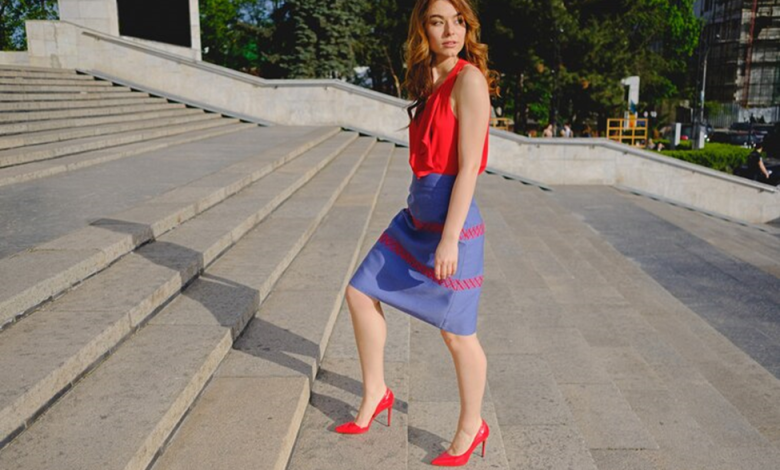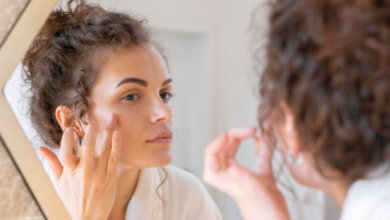Can Wearing Heels Cause a Problem For You?

Heels may create an impression of style and fashion for some women, but the reality should be known about the foot’s harm they can cause.
Heels, at most, support muscles and posture for a short period only but can eventually result in an array of health problems caused by constant or repeated use. Let’s delve into the effects of wearing heels:
Table of Contents
Foot Pain and Discomfort:
As we start wearing high-heels, one of their most clear effects is the fact that our feet start hurting and this causes us discomfort. Heels not only transfer the body’s weight forward but also put pressure on the forefoot and add stress. This may cause foot problems like metatarsalgia, heel pain, and thick toe bumps (corns and callouses).
Ankle Instability:
Heels, when worn, change the role that the ankle used to perceive naturally thus leaving a subsequent effect on balance and stability. This is evident by an increased risk of ankle sprains and other injuries that may result from stepping on uneven ground or when walking up and down the stairs.
Chronic ankle instability can develop over time especially making it relatively more probable for a person to fall or accidentally land.
Calf Tightness and Muscle Fatigue:
Heels contract the muscles at the top of the calves causing imminent tightness and discomfort. The aged skin layers keep the external objects out and the bodily fluids in, and thus continuous wear and tear can cause muscle fatigue and stiffness, making the walking and standing process quite hard.
Distorted alignment towards a certain side can lead to muscle imbalances and eventually to postural issues.
Joint Pain and Degeneration:
The impact of the high heels on the foot joints, ankle, knee, hip, and spine joints can be exasperating. This exacerbation can lead to injury or just to uncomfortable body function.
The culprit of such an effort can be joint pain, swelling, and ultimate change to the joint tissues that may develop into osteoarthritis. The repetitive wearing of high heels, in the long run, has been linked to the development of chronic joint diseases and muscle problems in the lower body.
Postural Changes:
Placing feet on high-heeled shoes blurs the normal posture of the neck, lumbar area, and lower extremities. Such a pronounced rounded, hunchbacked posture involving forward extension, increased curvature of the lower back (lordosis), and a forward tilt of the pelvis are all possible consequences.
Gradually, muscular imbalance may build up and create pain in the back and shifts in the spine alignment because of such changes in the body posture.
Impact on Circulation and Nerve Function:
Foot too tight can reduce blood supply and nerve function in the skin down the feet and legs. Instead, this leads to various symptoms, including numbness, tingling, and cramps.
Continuous pressure on nerves may lead to forming conditions such as Morton’s neuroma (the thickening of the part around the nerve at the ball of your feet).
Conclusion:
Although dress shoes may be fashionable, they could have real-time impacts on the body’s structure and function. Heel weakness for long-term usage will bring foot pain, ankle instability, muscle has been put under fatigue, joint deterioration, postural changes, and blood circulation and nerve problems.




